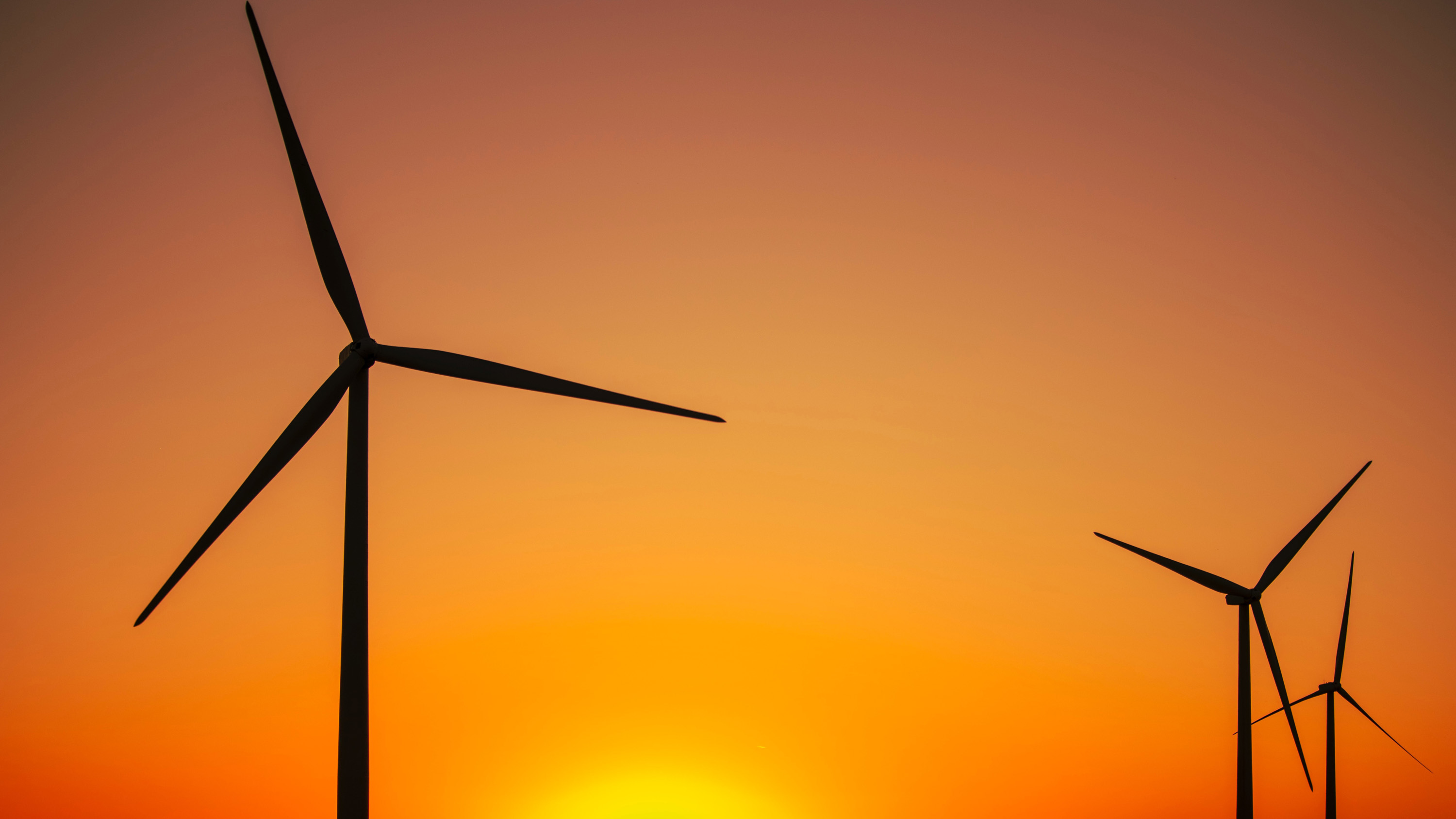Blowing in benefits
Tweaking US wind energy strategy could quadruple the positive impact on public health, a new study finds.

Nearly 10% of electricity in the United States now comes from wind power, and that’s been good for air quality and public health: the more we use alternatives to fossil fuels, the less of their associated pollution we breathe in.
But we could be doing much better, especially when it comes to making sure the benefits are equitably distributed. A new MIT study finds that health gains could more than quadruple if operators prioritized reducing output from the most polluting fossil-fuel-based power plants when energy from wind is available. Making sure that disadvantaged groups realize the gains is a harder problem.
The researchers analyzed the hourly activity of wind turbines, as well as the reported emissions from every fossil-fuel-based power plant in the country, between 2011 and 2017. They found that when wind power was available, markets adjusted by scaling back the power of fossil-fuel plants, probably prioritizing those plants that cost the least to turn down. Focusing on fine particulates and ozone, the team then traced the way these pollutants spread across the country and calculated the health costs that different demographic populations experienced as a result of their pollution exposure.
In 2014, the researchers found, increased use of wind power due to state-level policies improved air quality overall, resulting in $2 billion in health benefits across the country. However, only roughly 30% of these benefits reached low-income communities, communities of color, and other disadvantaged groups.
The team further found that if the electricity industry adjusted its approach to reduce the output of the most polluting fossil-fuel-powered plants rather those that cost the least to turn down, the overall health benefits could rise to $8.4 billion nationwide. However, the results would have a similar demographic breakdown. In fact, developing wind power could reduce the disparities in pollution exposure in some places but increase them in others, says Minghao Qiu, PhD ’21, a postdoc at Stanford and a coauthor of the paper: “It’s a more complex story than we initially thought.”
“We found that prioritizing health is a great way to maximize benefits in a widespread way across the US, which is a very positive thing. But [the study] suggests it’s not going to address disparities,” says coauthor Noelle Selin, a professor in the Institute for Data, Systems, and Society and the Department of Earth, Atmospheric, and Planetary Sciences. “In order to address air pollution disparities, you can’t just focus on the electricity sector or renewables and count on the overall air pollution benefits addressing these real and persistent racial and ethnic disparities. You’ll need to look at other air pollution sources, as well as the underlying systemic factors that determine where plants are sited and where people live.”
Keep Reading
Most Popular
How scientists traced a mysterious covid case back to six toilets
When wastewater surveillance turns into a hunt for a single infected individual, the ethics get tricky.
The problem with plug-in hybrids? Their drivers.
Plug-in hybrids are often sold as a transition to EVs, but new data from Europe shows we’re still underestimating the emissions they produce.
What’s next for generative video
OpenAI's Sora has raised the bar for AI moviemaking. Here are four things to bear in mind as we wrap our heads around what's coming.
Stay connected
Get the latest updates from
MIT Technology Review
Discover special offers, top stories, upcoming events, and more.